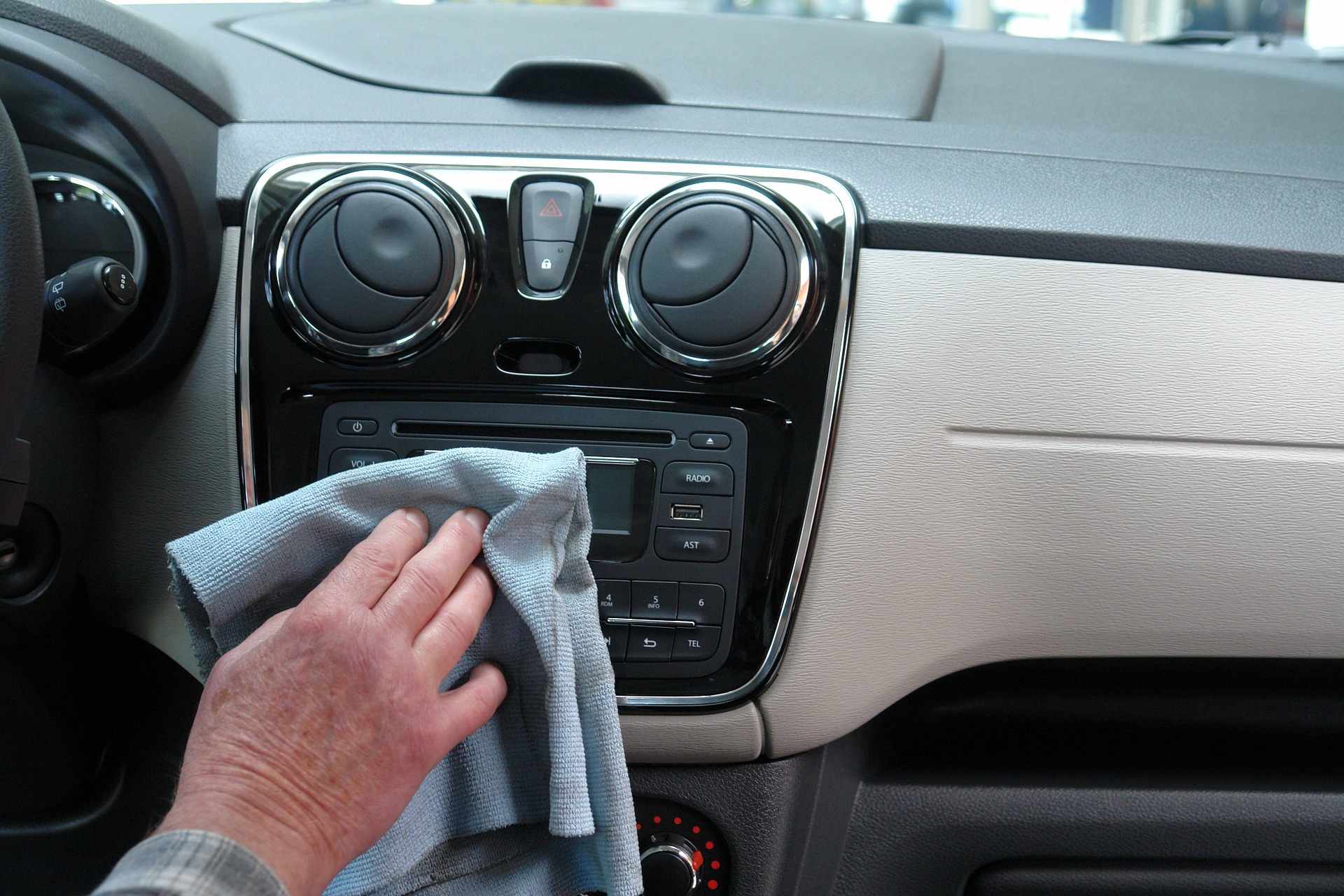Shaan swivelled in his chair and quickly cleared a doubt he had on something, with the help of his team member sitting right next to him.
So, what is the big story in this?
Well, nothing big but we just saw our company’s culture playing out. Because that team member was no other than our company’s CMO, Sandeep, sitting right next to Shaan, a young, talented designer always curious to know more.
People read company values on walls and HR documents but those values are built over time with well thought out strategies, not restricted to just policies and the kind of people hired. There are other factors that determine a company’s in-practice values and imbibed culture.
One such factor is ‘Workspace Design’.
‘Don’t you get a vibe on entering certain offices? You can tell that this office is the ‘serious kinds’ (hush hush, don’t make too much noise) and this one is a fun one (let us have some music here pls). But no one ever gave these don’ts and esp. the do’s in any memo to employees, but still you automatically start behaving differently in different offices.
This is where workspace design plays a role.
Haworth Inc., a U.S. based office environments company, released a white paper on how there are 4 different workspace cultures, defined as Control, Compete, Collaborate & Create.
Each having different ratios of individual to group spaces, enclosures and symmetry structures.
Control – having more of individual spaces with a higher enclosure, more structured & symmetrical layouts and a less-flexible environment that encourages formal discussions and also hierarchy.
Compete – having a mixture of formal and informal spaces so that people can have their individual spaces but at the same time there are no communication barriers.
Collaborate – having a low ratio of individual to group spaces, a flexible environment with an organic layout, medium levels of enclosure and enough informal spaces, allowing people to work as a team and build on each other’s ideas.
Create – having more of shared-group spaces with a flexible organic layout where people can get together and ideate informally.
So when a company’s higher-ups brief their architects and designers for workspaces, a great way to do so is by keeping in mind the kind of culture they wish to build vs. just asking for a snazzy office.
Enter Digit
We proudly say that we started at co-working space then moved to a big hall with just tables and chairs and recently have shifted to our gorgeous office space.
The day we shifted, we had a morning Townhall, where Jasleen and Philip (our Chief Dist. Officer & Exec Dir) told us their brief to the designers. They asked for a space where there were no barriers, people could come together, empathise with each other, build for a better future of insurance and of course keep it simple.
And what came out of this was incredible! No cubicles, no assigned seats, only shared open tables and fun open brainstorming spaces.
Don’t believe us, have a look at the pictures.
You would have guessed this by now, that this is a typical collaborate culture being translated into a tangible workspace, where people are encouraged to do things better and together.
Given that we are breathing and living the one singular goal of bringing simplicity to the consumer’s life, we had to go by the book and remove any secretive, black-out conference rooms and bring in transparent glass-doors so that there are no numbers, no plans which are hidden from any one team, everything is out and open. Let us try to read what they looking at?
Coming back to Shaan and his chair. The design encouraged him to have no barriers between him and the CMO, which encouraged him to ask, collaborate and build, thereby increasing his efficiency, shortening his output time and of course keeping his curiosity level up!
Having said that, a culture takes time to build and set-in and only workspace will not make that happen. But once it does, it becomes the one thing that your competitor can’t compete with, it becomes sacred, a part of your DNA.
Stay tuned for more from our new workspace!



